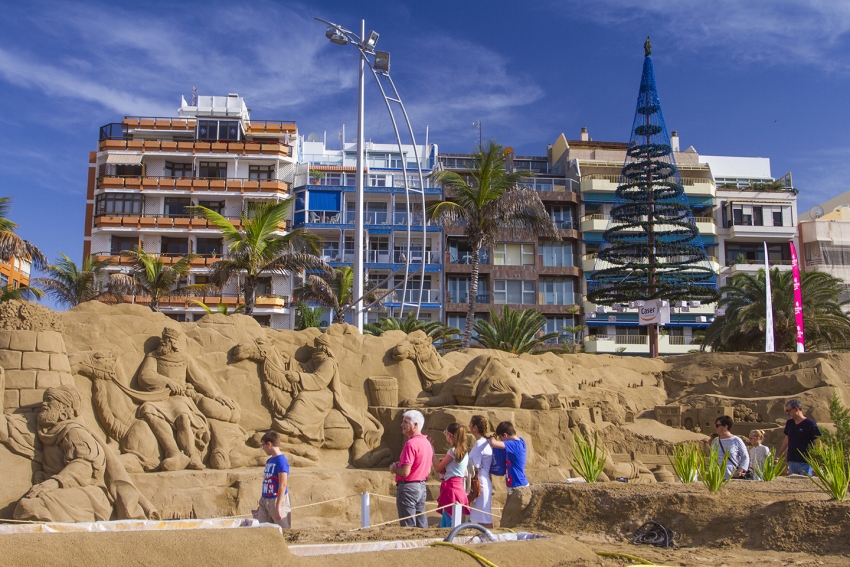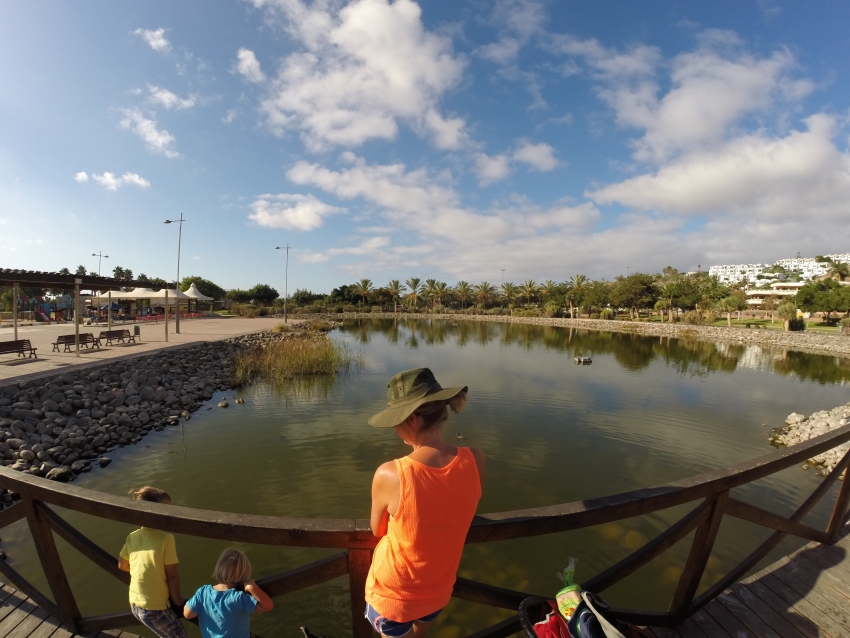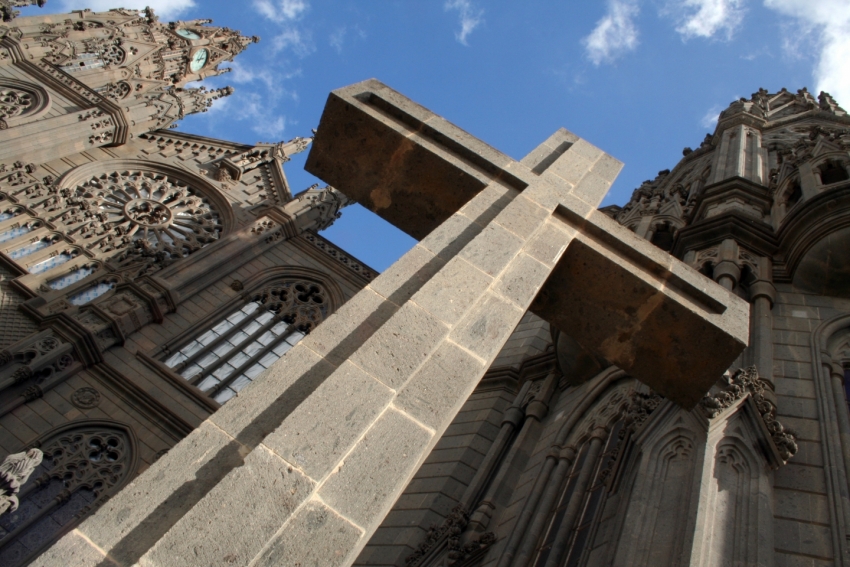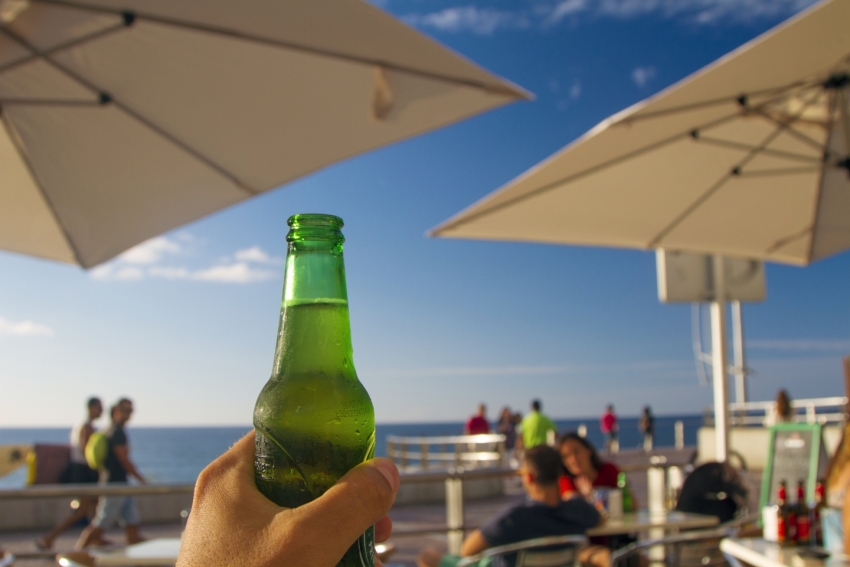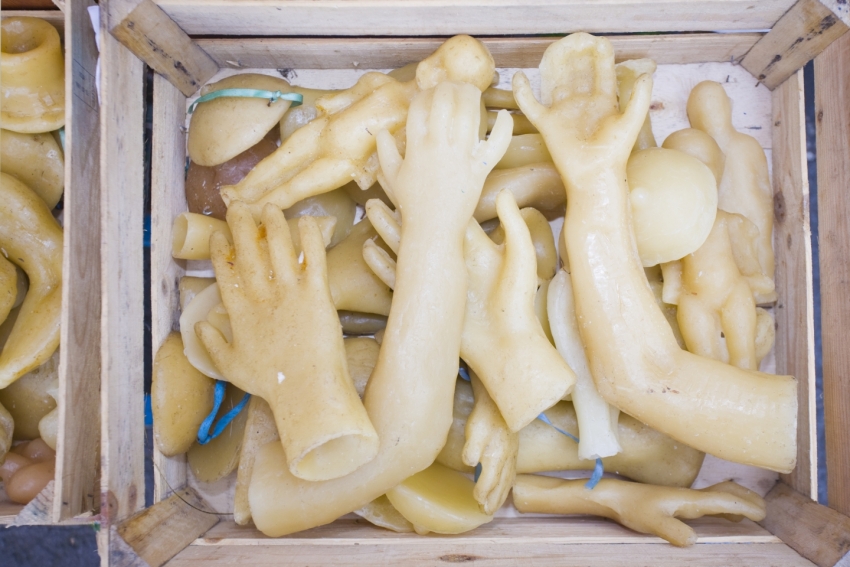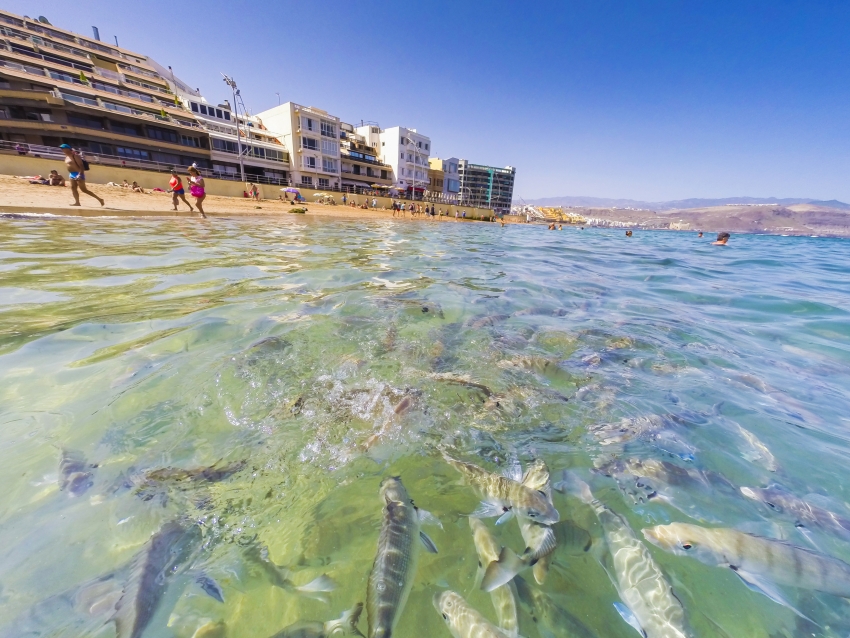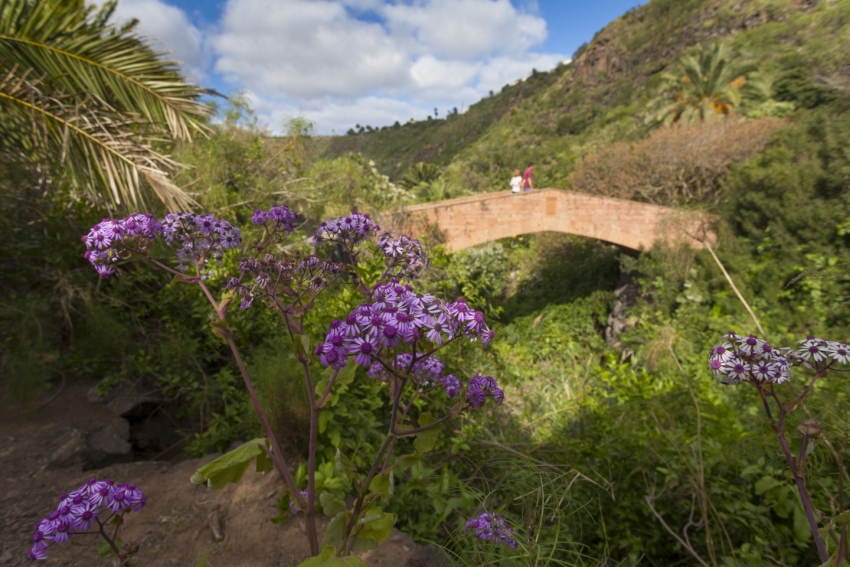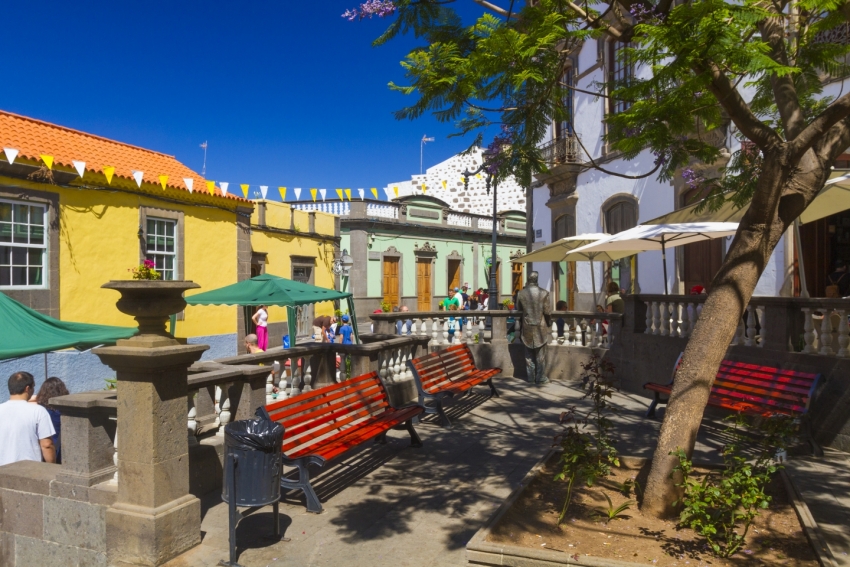Tip Of The Day: In December, See The Sand Nativity Scene On Las Canteras Beach
The annual sand nativity scene on Las Canteras beach is the world's biggest and a must visit if you come to Las Palmas in December.
Tip Of The Day: Sunday Shopping In Gran Canaria
Tip Of The Day: How Much To Tip In Gran Canaria
Tipping in Gran Canaria and all over the Canary Islands is straightforward and the rules are the same for locals and tourists.
Tip Of The Day: Parque del Sur in Maspalomas Campo Internacional
The vast Parque del Sur urban park in Maspalomas Campo Internacional is a huge green space perfect for walking and jogging.
Tip Of The Day: Anfi Island Swimming Area
If Anfi beach is busy or you just want to swim in cool, deep water, then walk out onto the heart-shaped island and you’ll find a set of steps and a safe swimming area just next to the ferry dock.
Tip Of The Day: Avoid Bank Card Charges By Paying In Euros
Save money and avoid rip-off bank charges while in Gran Canaria by paying in euros when using your credit or debit card.
Many bars and restaurants in Gran Canaria, and in almost all European holiday destinations, give you the option of paying in euros or in your home currency. Opting for your own currency, while it may seem like the safer option, can add as much as 5% to the bill as it triggers dynamic currency conversion.
DCC basically means that the exchange rate is calculated at point of sale rather than by your bank. It allows you to see the total cost of the transaction in your own currency but adds up to 5% to the total because it uses a terrible exchange rate.
Since the extra money is shared between your bank and the merchant, some places will automatically bill you in your own currency and hope you don't notice. You have the legal right to refuse and void the transaction should this happen.
ATMs too
The same applies when taking money out of ATM machines in Gran Canaria (and anywhere in Europe); Always choose the local currency option to avoid losing money to poor exchange rates.
If you opt for the local currency option, using bank ATMs is often the cheapest and safest way of getting euros in Gran Canaria. It's far safer than having a big pile of euros hidden in your room or tucked into your shorts.
More details in this Daily Telegraph article.
Tip Of The Day: See Inside The Arucas Church By Arriving Early Or Late
The Catholic church rather than the local tourist authorities still decides when to open church doors in Gran Canaria. This means that some of the island's prettiest churches, such as the Puerto de las Nieves hermitage, are often closed during the day.
Tip Of The Day: Head To Salinetas Beach For A Taste Of East Gran Canaria
Gran Canaria's east coast beaches are a mixed bag with everything from windswept pebble beaches to sheltered coves with golden sand. Salinetas beach is the prettiest and most accessible of the east beaches.
Tip of the Day: Gran Canaria's Tiny Botellin Beers Stay Cold
The trouble with ordering big beers in Gran Canaria is that they often warm up before you get to the end.
Tip of The Day: Gran Canaria's Daily Donuts Are A Treat
While papas con mojo and seafood get all the attention, Gran Canaria's delicious doughnuts are a daily treat that you have to try.
Tip Of The Day: Miracle Cures At Teror Church
Tip Of The Day: Great Views Of Puerto de Mogán
Puerto de Mogán is pretty from all angles, but one of the best views is from the El Faro restaurant at the tip of the harbour wall.
Tip Of The Day: The Friendly Fish At Las Canteras Beach
Las Canteras beach is a no-take reserve so there are loads of fish, especially where Luis Morote street meets the sand.
Tip Of The Day: Try Gran Canaria Coffee At Source In Agaete
Gran Canaria's homegrown coffee is the world's most northerly crop and the best place to try it is in Agaete's secret garden.
Tip Of The Day: Take Lizard Food To The Jardín Canario
The lizards by this red stone bridge in the Jardín Canario are used to being fed and it's a great place to get up close to the original Gran Canarians.
Tip Of The Day: Arucas Old Town Is Worth A Wander
There's more to Arucas old town than the great big church. Walk up the narrow cobbled streets behind the cathedral for great old Canarian houses and local street life, then head down narrow Calle Gourié to the High Street (Calle León y Castillo).
Tip of The Day: Alcaravaneras Beach
Las Canteras isn't Las Palmas' only beach: Here's a cool video tip about the capital's other sandy beach.
Gran Canaria Info recommends:
- Default
- Title
- Date
- Random

